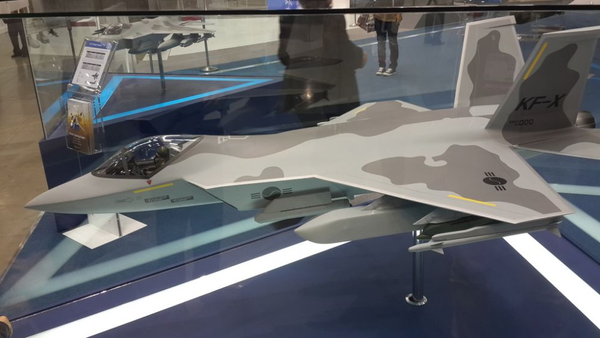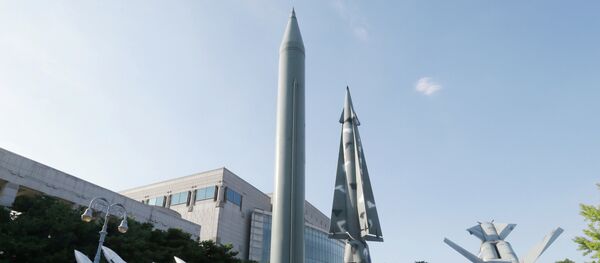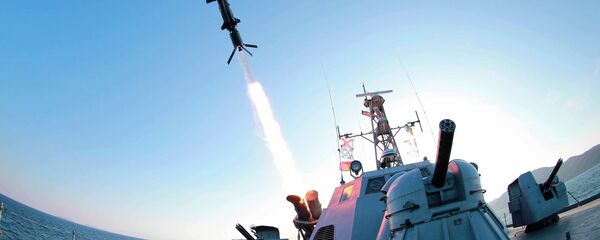The Korean delegation, led by Vice Defense Minister Hwang In-mo and Deputy Foreign Minister for Economic Affairs Lee Tae-ho, met with the US delegation, led by David Shear, Assistant Secretary of Defense for Asian and Pacific Security Affairs, and Rose Gottemoeller, Under Secretary of State for Arms Control and International Security for the US State Department, this Thursday, according to Korean Times.
The sides discussed several key foreign and security policy issues, including the transfer of US technologies essential for development of South Korea's own fighter jet that is supposed to replace the aging F-4 and F-5.
It was the first high-level meeting of the Defense Technology Strategy & Cooperation Group (DTSCG), which followed the group's working-level talks held in March. The DTSCG was established last year based on an agreement between defense chiefs of the two nations.
The technologies in question are a pack of 21 Lockheed Martin technologies implemented in the notorious F-35 Lightning II fighter jet. They are to be transferred to South Korea in return for acquisition of 40 F-35 jets. South Korea initially asked for 25 technologies, but the US government vetoed transfer of four technologies, which, according to South Korea, could jeopardize the whole KF-X project.
The banned technologies are the active electronically scanned array radar, electronic optical targeting pod, the infrared search and radio frequency jammer and the infrared search and tracking system. South Korea is determined to develop these technologies domestically.
During the meeting, the Korean delegation also asked the United States to give it technologies related to the development of the medium-altitude unmanned aerial vehicle (MUAV), the official said. Washington said that was being considered added.
The KF-X project cost is estimated 8.5 trillion won ($7.6 billion). The government plans to spend additional 10 trillion won ($9 billion) to construct 120 KF-X jets after R&D is finished.



